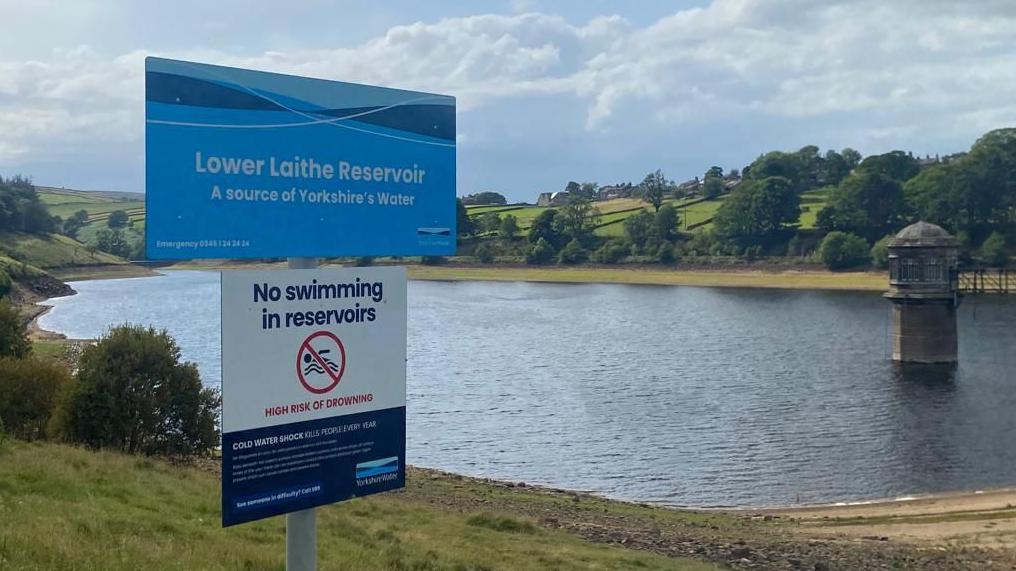Current Developments at Yorkshire Water

Introduction
Yorkshire Water, responsible for the supply and treatment of water in the Yorkshire region, plays a vital role in ensuring access to clean water and protecting local ecosystems. With increasing concerns over climate change and sustainability, the company’s initiatives are more relevant than ever. Recent reports indicate key developments in operations, investments in infrastructure, and their response to environmental challenges, offering insight into how Yorkshire Water is adapting to meet the needs of its community.
Recent Developments
Recently, Yorkshire Water has announced a significant £300 million investment aimed at reducing leakage levels across its extensive network of pipes. Following a detailed review, the company recognised that approximately 22% of treated water was being lost due to leaks. The funds will be used to upgrade aging infrastructure and implement advanced monitoring technologies. In a statement, Chief Executive Officer, Liz Barber, highlighted the importance of this initiative, stating, “We’re committed to reducing our leakage levels to the lowest they can be, ensuring every drop counts for our customers and the environment.”
Environmental Challenges
In light of ongoing drought concerns and adverse weather patterns, Yorkshire Water has also implemented water-saving campaigns aimed at encouraging residents to use water more efficiently. These campaigns have already seen positive responses, with a reported 15% decrease in water usage among compliant households over the summer months. Furthermore, the company is actively working to increase its resilience against climate-related challenges by engaging with local communities and stakeholders to raise awareness about environmental issues.
Future Prospects
As Yorkshire Water continues to evolve in response to the demands of climate change and population growth, the company is poised to remain a pivotal entity in the region. Forecasts predict an increasing focus on sustainable practices and investments in renewable technologies. With a commitment to achieving net-zero carbon emissions by 2030, Yorkshire Water is setting an ambitious goal that may serve as a model for similar utility companies across the UK.
Conclusion
Yorkshire Water is at a critical juncture, balancing the need for infrastructure improvements and environmental sustainability. While the company has made substantial progress in addressing leakage and promoting water efficiency, the challenges posed by climate change require ongoing innovation and adaptability. As developments unfold, residents and stakeholders will be keenly watching how Yorkshire Water navigates these challenges and continues to provide a vital service while safeguarding the environment for future generations.
